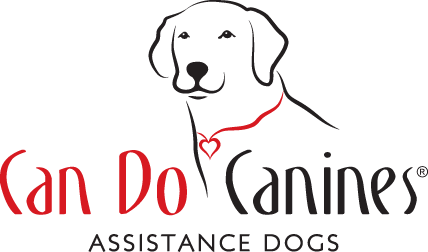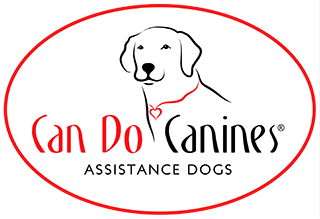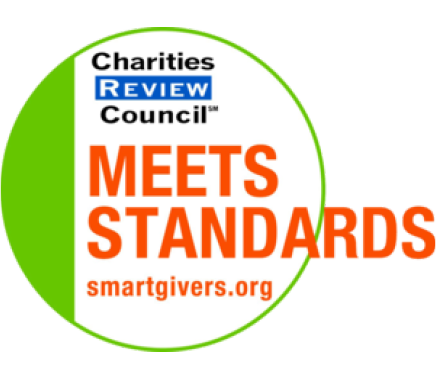Cue: Back
The dog moves backwards in a straight line. He can move backwards next to the handler (in the same direction) and also away from handler independently in any direction.
Impact on the dog's future work: Clients use back in various ways. If the client uses a powerchair, they may use the back cue to have the dog back through doorways before them. Back is also a foundation skill for some of the skills the dogs might learn while in Final Training, such as tugging off clothes and shoes.
Cue: Get Busy
This is the dog's cue to eliminate.
Impact on the dog's future work: For the safety of our clients, the dogs need to stay close to the client when eliminating and do so without pulling on the leash. Some clients are unable to step up onto a curb or walk to get the dog to eliminate, which is why the dog needs to go in one spot close to the handler. The dog should never pull to get to the grass or other areas to eliminate.
Cue: Let's Go
This signals the dog to begin moving with the handler.
Impact on the dog's future work: "Let's Go" cues the dog to walk with the client and stay attentive to them. This gives clients a lot of power to keep the dog with them without fighting the environment. If the dog does get distracted, "Let's go" can be used to get the dog's attention back on the handler while they move away from the distraction.
Cue: Stay
This is built into many cues, but it may also be used as a standalone verbal. The dog does not move from position due to distractions, hearing other dogs' cues, or handler walking behind, touching, stepping over, being out of sight, praising, treating, picking up, or dropping the leash, etc. This requires release or the next cue.
Impact on the dog's future work: The implied stay of our cues is helpful for the client, as they don't have to give the dog multiple cues since the dog automatically stays in position (sit, down, park, etc.). The dog needs to be able to stay for long periods of time without regular or consistent input from the client.
Cue: Wait
This is a verbal cue for the dog to pause their motion until they receive release or the next cue.
Impact on the dog's future work: "Wait" provides clients with an opportunity to keep the dog out of harm's way. While walking, "wait" can be used at transition points such as doorways, ends of hallways, elevators, etc., to allow the client to assess the situation before moving forward with the dog.
Cue: Find It
"Find it" is a reward marker. This word captures and ends a behavior and indicates that the reward will be tossed on the floor.
Impact on the dog's future work: Not all clients are able to deliver kibble rewards from their hands. Tossing kibble on the floor can be an easier mark-and-reward option for these clients. "Find it" can also be used to reset the dog away from a difficult task and provide a release of pressure. This provides a "reset" for the dog in which they can move away from the pressure and then return to the task.
Cue: Okay
This is a release cue from a duration position (such as a down, wait, park, etc.). The dog should move out of the position with focus on the handler.
Impact on the dog's future work: "Okay" allows the client to move the dog out of its current position and reorient the dog's focus to the handler. This allows the client to easily direct the dog to the next position or task with focused attention from the dog.




